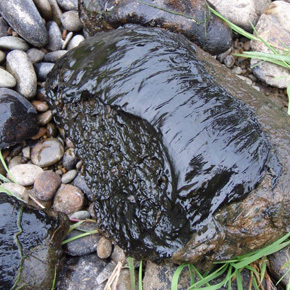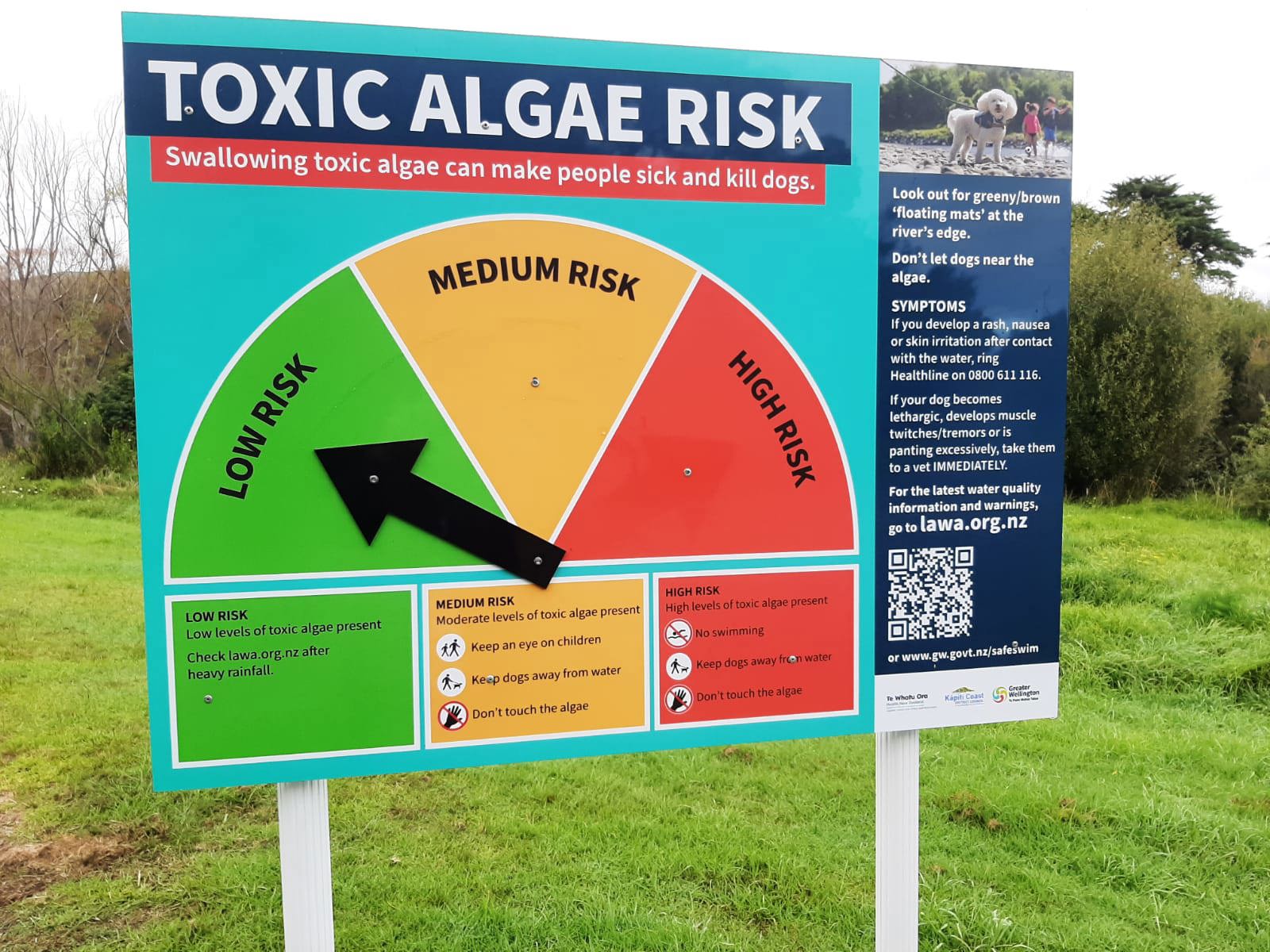Recreational water quality – is it safe to swim?
Kāpiti has lots of popular spots for swimming and other water activities. Keep yourself up to date on our recreational water quality to make sure it's safe where you want to swim.
Monitoring water quality
Every summer we regularly monitor our swimming sites on behalf of Greater Wellington (the regional council). We collect samples at three recreational river sites and 14 coast sites for the information that is posted year-round on LAWA’s website. You can find out more about water quality monitoring from Greater Wellington’s Our monitoring programme.
The water quality on the Kāpiti Coast is generally safe for swimming and other water-based recreational activities, but there's a few things to think about before you jump in.
Advice for swimmers
In summer there's less water flow and rain to flush rivers of bacteria such as toxic algae.
Some good things to remember:
- wait 48 hours after rain before swimming; heavy rain flushes bacteria and contaminants into our waterways, making water quality unsuitable for swimming
- don't swim in streams or at stream – and river mouths during hot summer months
- keep out of water that's murky or smells unpleasant
- check our toxic algae risk signs for status updates
- avoid swimming near storm water outlets on our beaches, or other possible sources of contamination
- check for hazards such as strong currents, tidal rips, or steep drop offs
- know your limits, and never swim alone
- always keep small children within arm’s length.
Toxic algae (cyanobacteria) in rivers and streams
Toxic algae in our rivers aren't actually algae at all but cyanobacteria, which are commonly known as blue-green algae. Cyanobacteria are naturally present in many of Aotearoa New Zealand's lakes and rivers. Lots of types of algae and cyanobacteria grow in our waterways so it's important to know which ones are harmful.
Toxic algae can cause issues in the Waikanae and Ōtaki rivers during summer, especially when large amounts form mats that rest on riverbanks. These blooms usually last until heavy rain can flush it through.
Make sure you're aware of any increased risk, especially if you've whānau who are very young, very old, or who have vulnerable health.

We have large toxic algae risk signs at the Waikanae River by Te Arawai footbridge and at the Ōtaki River by the old SH1 bridge. Our staff update these as conditions change.
Smaller educational signs, showing you what toxic algae looks like, are located at access points to both rivers.
Spotting toxic algae
Dogs are most at risk, partly because they love the smell and taste of toxic algae.

Even a small amount can be fatal – never let your furry friend scavenge at the river’s edge.
Keep an eye out for:
- brown or black velvety mats growing on rocks in the riverbed
- mats that have come loose from the riverbed; these can wash up on river banks or forming floating ‘rafts’ in shallow areas
- dried out mats on the riverbank; these turn a light brown or white colour and may also produce a strong musty odour.
For more information, see Greater Wellington’s Toxic algae.
Keep updated
This summer, before you swim:
- check the LAWA website for live updates on where it’s suitable to swim
- follow our social media channels and Antenno app for updates on where there’s toxic algae, so you can make an informed decision about where to swim and take your dogs.
We have new signs for toxic algae at our Ōtaki River and Waikanae River at Old SH1 sites, to show you the current risk level and what you should do. Keep an eye out for them!
